1-甲基靛红, 98%,N-METHYLISATIN
产品编号:西域试剂-WR169641| CAS NO:2058-74-4| MDL NO:MFCD00005812| 分子式:C9H7NO2| 分子量:161.16
1-甲基靛青霉素是一种强效和选择性的CE(羧酸酯酶)抑制剂,hiCE和hCE1的Kis分别为38.2和5.38µM。1-甲基靛红通过疏水结合和静电吸引与Hb(成人血红蛋白)相互作用。1-甲基靛红可用于体内药物代谢调控的研究。
本网站销售的所有产品仅用于工业应用或者科学研究等非医疗目的,不可用于人类或动物的临床诊断或者治疗,非药用,非食用,
| 产品名称 | 1-甲基靛红, 98% | ||||||||||||||||
|---|---|---|---|---|---|---|---|---|---|---|---|---|---|---|---|---|---|
| 英文名称 | N-METHYLISATIN | ||||||||||||||||
| CAS编号 | 2058-74-4 | ||||||||||||||||
| 产品描述 | 1-甲基靛青霉素是一种强效和选择性的CE(羧酸酯酶)抑制剂,hiCE和hCE1的Kis分别为38.2和5.38µM。1-甲基靛红通过疏水结合和静电吸引与Hb(成人血红蛋白)相互作用。1-甲基靛红可用于体内药物代谢调控的研究。 | ||||||||||||||||
| 产品熔点 | 130-133 °C(lit.) | ||||||||||||||||
| 产品沸点 | 294.3±23.0 °C at 760 mmHg | ||||||||||||||||
| 产品密度 | 1.3±0.1 g/cm3 | ||||||||||||||||
| 产品闪点 | 137.4±15.0 °C | ||||||||||||||||
| 精确质量 | 161.047684 | ||||||||||||||||
| PSA | 37.38000 | ||||||||||||||||
| LogP | 0.58 | ||||||||||||||||
| 外观性状 | 橙色至褐色结晶粉末 | ||||||||||||||||
| 蒸气压 | 0.0±0.6 mmHg at 25°C | ||||||||||||||||
| 折射率 | 1.607 | ||||||||||||||||
| 溶解性数据 | In Vitro:
DMSO : ≥ 125 mg/mL (775.63 mM) * "≥" means soluble, but saturation unknown. 配制储备液
*
请根据产品在不同溶剂中的溶解度选择合适的溶剂配制储备液;一旦配成溶液,请分装保存,避免反复冻融造成的产品失效。 | ||||||||||||||||
| 靶点 |
hiCE:38.2 μM (Ki) hCE1:5.38 μM (Ki) | ||||||||||||||||
| 稳定性 | 如果遵照规格使用和储存则不会分解,未有已知危险反应,避免氧化物 | ||||||||||||||||
| 储存条件 | 保持贮藏器密封、储存在阴凉、干燥的地方,确保工作间有良好的通风或排气装置 |
相关文档
化学品安全说明书(MSDS)
下载MSDS质检证书(COA)
相关产品
| 符号 |
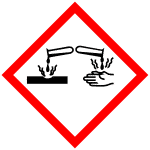
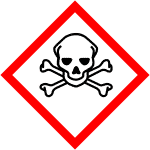
GHS05, GHS06 |
|---|---|
| 信号词 | Danger |
| 危害声明 | H301-H315-H318-H335 |
| 警示性声明 | P261-P280-P301 + P310-P305 + P351 + P338 |
| 个人防护装备 | Eyeshields;Faceshields;Gloves;type P2 (EN 143) respirator cartridges |
| 危害码 (欧洲) | T: Toxic; |
| 风险声明 (欧洲) | R25 |
| 安全声明 (欧洲) | S26-S39-S45 |
| 危险品运输编码 | UN 2811 6.1/PG 3 |
| WGK德国 | 3 |
| RTECS号 | NL7939000 |
| 海关编码 | 2933990090 |
Synonym: Section 2 - COMPOSITION, INFORMATION ON INGREDIENTS
Risk Phrases: None Listed. Section 3 - HAZARDS IDENTIFICATION EMERGENCY OVERVIEW
Not available. Potential Health Effects Eye: May cause eye irritation. Skin: May cause skin irritation. May be harmful if absorbed through the skin. Ingestion: May cause irritation of the digestive tract. May be harmful if swallowed. Inhalation: May cause respiratory tract irritation. May be harmful if inhaled. Chronic: Not available. Section 4 - FIRST AID MEASURES Eyes: Flush eyes with plenty of water for at least 15 minutes, occasionally lifting the upper and lower eyelids. Get medical aid. Skin: Get medical aid. Flush skin with plenty of water for at least 15 minutes while removing contaminated clothing and shoes. Ingestion: Get medical aid. Wash mouth out with water. Inhalation: Remove from exposure and move to fresh air immediately. If not breathing, give artificial respiration. If breathing is difficult, give oxygen. Get medical aid. Notes to Physician: Section 5 - FIRE FIGHTING MEASURES General Information: As in any fire, wear a self-contained breathing apparatus in pressure-demand, MSHA/NIOSH (approved or equivalent), and full protective gear. Extinguishing Media: Use water spray, dry chemical, carbon dioxide, or chemical foam. Section 6 - ACCIDENTAL RELEASE MEASURES General Information: Use proper personal protective equipment as indicated in Section 8. Spills/Leaks: Vacuum or sweep up material and place into a suitable disposal container. Avoid generating dusty conditions. Section 7 - HANDLING and STORAGE Handling: Avoid breathing dust, vapor, mist, or gas. Avoid contact with skin and eyes. Storage: Store in a cool, dry place. Store in a tightly closed container. Section 8 - EXPOSURE CONTROLS, PERSONAL PROTECTION Engineering Controls: Use adequate ventilation to keep airborne concentrations low. Exposure Limits CAS# 2058-74-4: Personal Protective Equipment Eyes: Not available. Skin: Wear appropriate protective gloves to prevent skin exposure. Clothing: Wear appropriate protective clothing to prevent skin exposure. Respirators: Follow the OSHA respirator regulations found in 29 CFR 1910.134 or European Standard EN 149. Use a NIOSH/MSHA or European Standard EN 149 approved respirator if exposure limits are exceeded or if irritation or other symptoms are experienced. Section 9 - PHYSICAL AND CHEMICAL PROPERTIES Physical State: Crystalline powder Color: orange to brown Odor: Not available. pH: Not available. Vapor Pressure: Not available. Viscosity: Not available. Boiling Point: Not available. Freezing/Melting Point: 129-133 deg C Autoignition Temperature: Not available. Flash Point: Not available. Explosion Limits, lower: Not available. Explosion Limits, upper: Not available. Decomposition Temperature: Solubility in water: Specific Gravity/Density: Molecular Formula: C9H7NO2 Molecular Weight: 161.16 Section 10 - STABILITY AND REACTIVITY Chemical Stability: Not available. Conditions to Avoid: Incompatible materials. Incompatibilities with Other Materials: Strong oxidizing agents. Hazardous Decomposition Products: Nitrogen oxides, carbon monoxide, carbon dioxide. Hazardous Polymerization: Has not been reported Section 11 - TOXICOLOGICAL INFORMATION RTECS#: CAS# 2058-74-4: NL7939000 LD50/LC50: Not available. Carcinogenicity: 1-Methylisatin - Not listed by ACGIH, IARC, or NTP. Other: See actual entry in RTECS for complete information. Section 12 - ECOLOGICAL INFORMATION Section 13 - DISPOSAL CONSIDERATIONS Dispose of in a manner consistent with federal, state, and local regulations. Section 14 - TRANSPORT INFORMATION IATA Not regulated as a hazardous material. IMO Not regulated as a hazardous material. RID/ADR Not regulated as a hazardous material. Section 15 - REGULATORY INFORMATION European/International Regulations European Labeling in Accordance with EC Directives Hazard Symbols: Not available. Risk Phrases: Safety Phrases: S 24/25 Avoid contact with skin and eyes. WGK (Water Danger/Protection) CAS# 2058-74-4: No information available. Canada None of the chemicals in this product are listed on the DSL/NDSL list. CAS# 2058-74-4 is not listed on Canada's Ingredient Disclosure List. US FEDERAL TSCA CAS# 2058-74-4 is not listed on the TSCA inventory. It is for research and development use only. SECTION 16 - ADDITIONAL INFORMATION N/A |
| 上游产品 10 | |
|---|---|
| 下游产品 10 | |

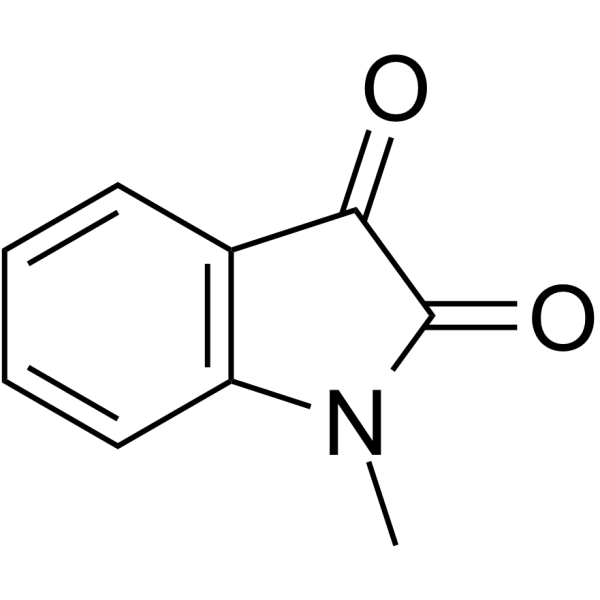

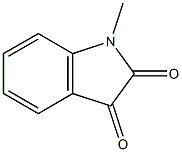
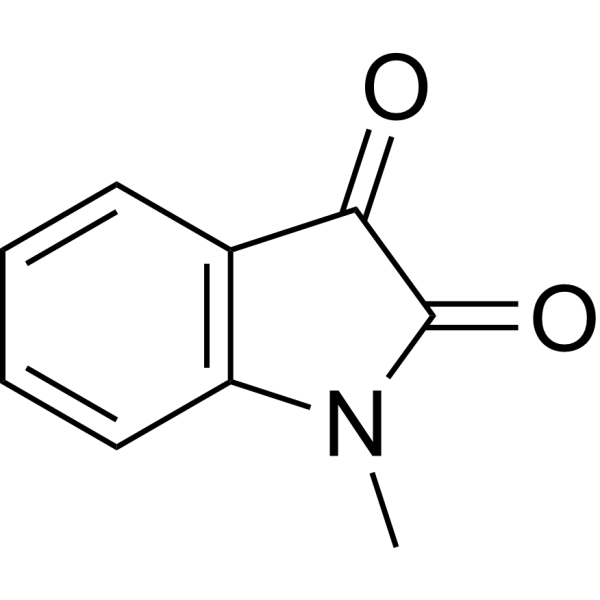
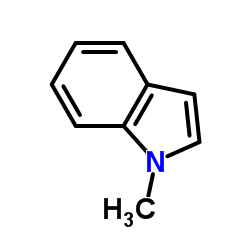
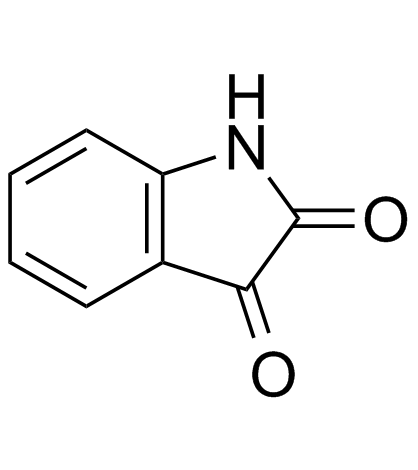
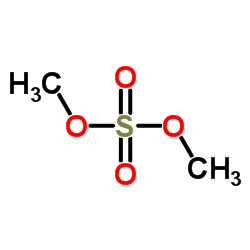
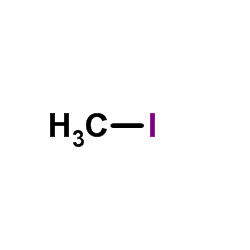
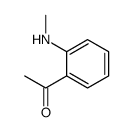
![Ethanone, 1-[2-(dimethylamino)phenyl]- (9CI)结构式](/20230522/10336-55-7.png)
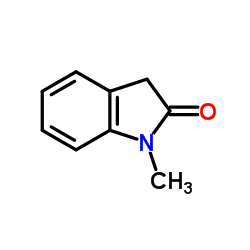
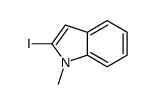
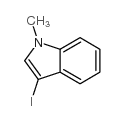
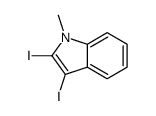
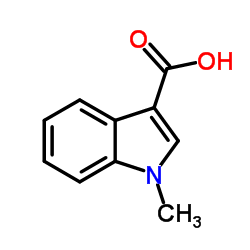
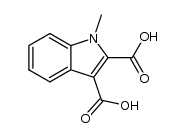
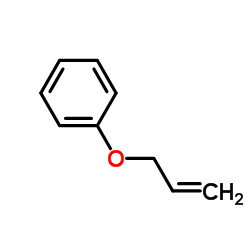

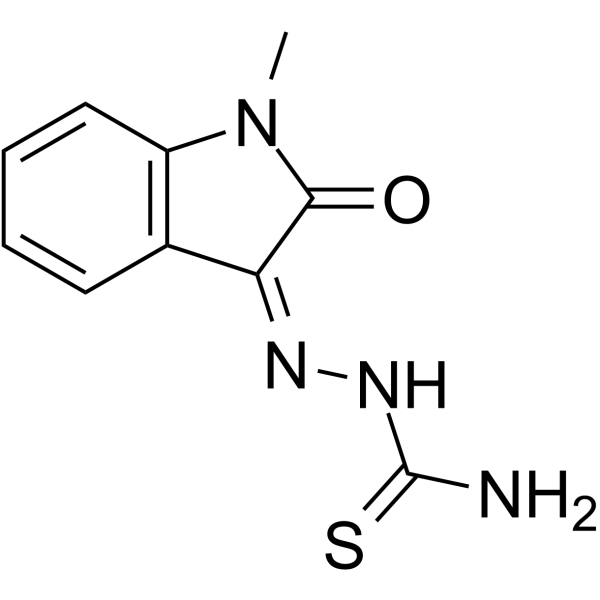
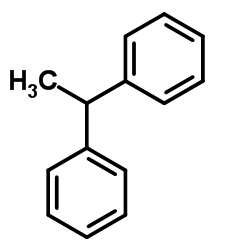
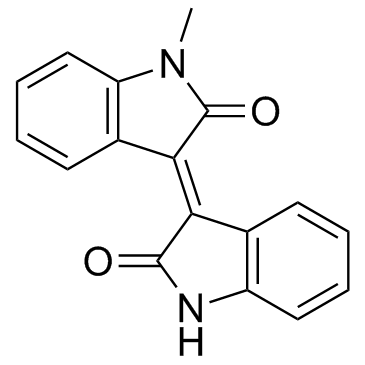
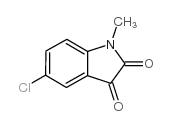
![2-[4-(1,3-benzoxazol-2-yl)phenoxy]-N-[(E)-(1-methyl-2-oxoindol-3-ylidene)amino]acetamide结构式](/20230522/100476-54-8.png)





 浙公网安备 33010802013016号
浙公网安备 33010802013016号